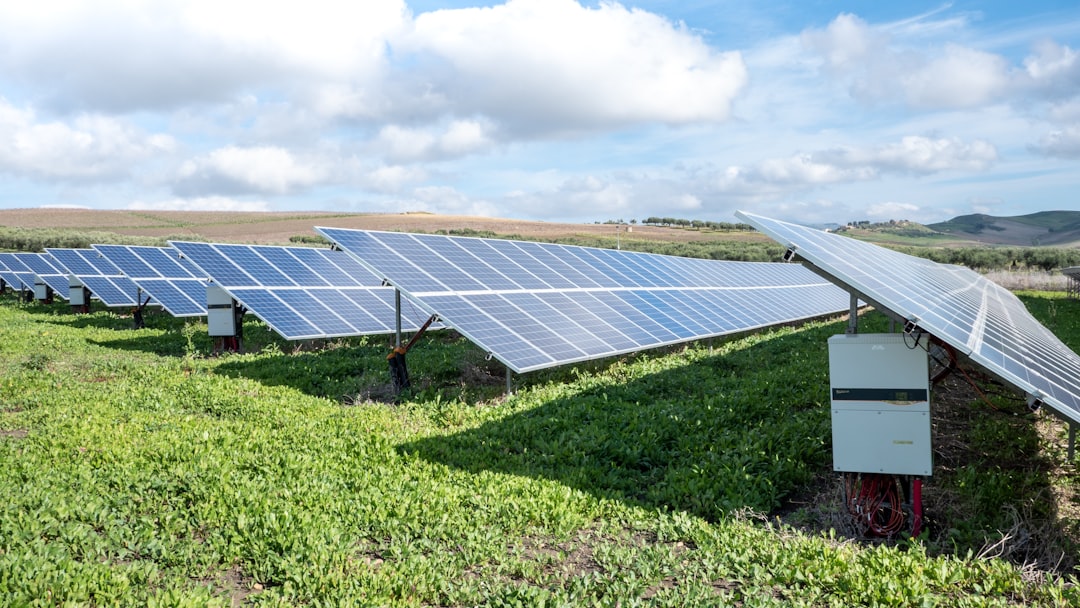What is it about?
This paper analyses the relationship among economic growth, energy use and carbon dioxide (CO2) emissions in Israel over the period 1971–2006. Results of unit root tests show that all variables are integrated of order one. Causality results suggest that real gross domestic product (GDP) drives both energy use and CO2 emissions. Forecast error variance decompositions (FEVDs) evidence that the errors in real per capita GDP are mainly due to uncertainty in GDP itself, while the errors in predicting the energy consumption and the CO2 emissions are sensitive to disturbances in the other two equations. The FEVDs show that forecast errors in real per capita GDP are mainly due to uncertainty in GDP itself, the errors in predicting the energy use are sensitive to disturbances both in the GDP and in CO2 equations, while the forecast errors in CO2 emissions should be essentially connected to emissions itself. Finally, the vector autoregression (VAR) forecast represents an improvement in simpler forecasts in more than half the comparisons. Keywords: economic growth; CO2 emissions; energy use; Israel; time-series
Featured Image
Read the Original
This page is a summary of: Economic growth, CO2emissions and energy use in Israel, International Journal of Sustainable Development & World Ecology, January 2015, Taylor & Francis,
DOI: 10.1080/13504509.2014.991365.
You can read the full text:
Resources
Contributors
The following have contributed to this page










